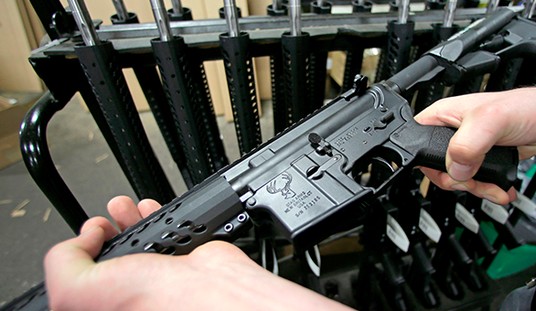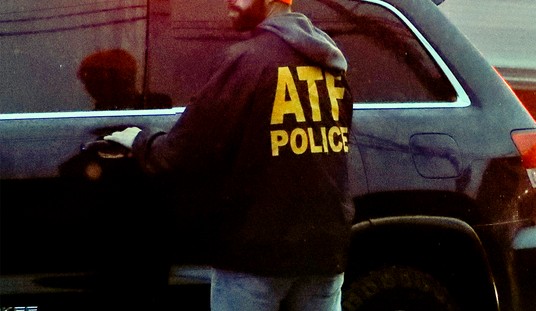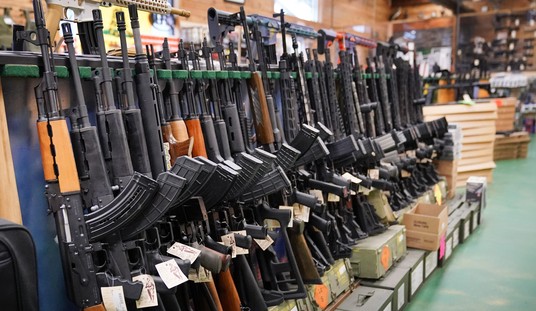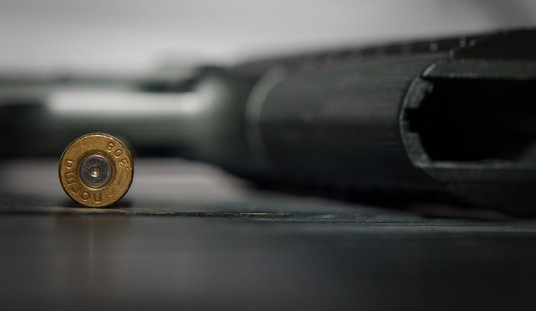The Louisville City Council has unanimously approved banning the use of “no-knock” warrants by the city police department, and with Mayor Greg Fischer vowing to sign the bill, the practice will soon be forbidden in the city. The bill is named “Breonna’s Law” after Breonna Taylor, who was shot by police in March as they were serving a no-knock warrant on her apartment. While police say that they actually did knock before breaching the front door, eyewitnesses say they never heard police announce themselves.
Taylor’s boyfriend Kenneth Walker, who’s a legal gun owner and a concealed carry licensee, was inside the apartment when he awoke to the sound of loud booms. He says that he feared he and Taylor were the victims of a home invasion, and he fired one shot from a handgun as the front door buckled inward. Officers responded with a volley of gunfire, and Taylor, who was unarmed, was shot and killed.
Tamika Palmer, Taylor’s mother, praised the passage by the city council. She spoke to the press after the vote along with the family’s attorney, Benjamin Crump.
“I’m just going to say that Breonna, that’s all she wanted to do was save lives,” Palmer said. “So with this law, she’ll get to continue to do that.”
I think Tamika Palmer is right. I understand the police rationale for no-knock warrants; you don’t want to give violent criminals time to prepare to fight it out with law enforcement. It’s a valid concern. So too, however, is the concern that police might show up at the wrong house, or that armed residents inside have no idea that the intruders are actually police officers. Breonna Taylor isn’t the first American to be injured or killed during a no-knock raid. In fact, four years ago another Kentucky man faced charges for shooting at police when they entered his home serving a no-knock warrant. Kenneth Probus ended up taking a plea bargain and received shock probation for shooting Shively, Kentucky Police Detective Wes Singleton three times during a raid on his home in January 2016.
He tells the operator, in 911 tapes obtained by WAVE 3 News, he is bleeding and on the floor. Someone had just shot him, and he fired back, he said.
“When they kicked the door in, and I opened fire on them, they shot me,” Probus said.
“But you didn’t see anything? You didn’t see who it was, or anything?” the operator asked.
“No,” Probus responded.
As it turned out, those two men who had kicked in Probus’ door were plainclothes Shively police officers, who were there to serve a warrant.
Probus is now charged with trying to kill a police officer. He claims the shooting was self-defense and that he never heard the officers identify themselves as police. During the interview, Singleton stated he knew that he and the other officer he went into Probus’ house with had yelled that they were police, because that is what they always do.
After the shots, Probus stayed on the phone with the 911 operator. You can hear him tell officers where his gun was.
“It’s at the foot of the bed,” he yelled out. “It’s at the foot of the bed.”
As was the case with the officers who executed the no-knock raid on Breonna Taylor’s apartment, the Shively police officers who raided Probus’ home weren’t wearing body cameras, so it remains an open question as to whether officers really did identify themselves in a way that Probus could hear and understand.
Kenneth Probus’ story reveals another policy change that could make a difference: require officers serving warrants to be in uniform. Plainclothes officers coming into someone’s home could easily be mistaken for a criminal intruder instead of recognized as a member of law enforcement. If for no other reason than officer safety, cops serving warrants should be clearly identified as such.
According to a 2017 New York Times investigation, there were at least 81 civilians and 13 police officers killed in no-knock raids between 2010 and 2016, and many more raids resulted in injuries. Then there are the cases like Julian Betton of Myrtle Beach, South Carolina. Just like the officers in Shively, Kentucky, police in Myrtle Beach swore they announced themselves before breaking down the door, but video evidence suggests otherwise.
The warrant to search Julian Betton’s apartment did not authorize the police in Myrtle Beach, S.C., to break in without warning, and the officers insist that they knocked and announced.
But video from Mr. Betton’s front porch surveillance camera on the afternoon of April 16, 2015, shows no sign of warning before drug agents rammed through his door. The recording does not include audio, but a neighbor who watched from steps away told state investigators he was “100 percent sure” there was no prior notice.
Suspected of small-scale marijuana dealing, Mr. Betton said in a deposition late last year that he emerged from a bathroom, saw moving shadows, assumed he was being robbed and reached for the handgun in his waistband. Three officers responded by spraying the room with dozens of rounds, hitting Mr. Betton nine times.
“I just seen stuff coming at me and I went to reach for it and went down,” Mr. Betton, who was 30 at the time, said in a deposition for the lawsuit he later filed.
Mr. Betton awoke from a coma six weeks later, partially paralyzed, having lost portions of his gallbladder, colon, bowel and rectum. On Thursday, he pleaded guilty to drug charges, including possession of nearly eight ounces of marijuana found in the raid. Counts of pointing and presenting a weapon were dismissed and he was sentenced to the time he served in the hospital.
Members of the police team initially claimed that Mr. Betton fired first, but the state crime lab found no evidence that his gun had been discharged. A prosecutor cleared the officers, concluding that the shooting was justified.
Even in 2015, I think most Americans would have said an armed raid on a suspected low-level pot dealer was overkill to begin with. We’re not talking about a warrant for a violent crime, after all, and there are plenty of voices in law enforcement who say the use of no-knock raids and dynamic entry has become far too common, as Robert Chabali, former executive director of the National Tactical Officers Association told the Times in 2017.
“It just makes no sense,” said Mr. Chabali, a SWAT veteran who retired as assistant chief of the Dayton, Ohio, Police Department in 2015. “Why would you run into a gunfight? If we are going to risk our lives, we risk them for a hostage, for a citizen, for a fellow officer. You definitely don’t go in and risk your life for drugs.”
Another former chairman of the association, Phil Hansen, said SWAT teams tended to use dynamic entry as “a one-size-fits-all solution to tactical problems.” As commander of the Police Department in Santa Maria, Calif., and before that a longtime SWAT leader for the Los Angeles County Sheriff’s Department, he said it seemed foolhardy to move so aggressively in a state that voted in November to legalize recreational marijuana.
“Why am I risking people’s lives to save an ounce of something that they’re bringing in by the freighter every year?” he asked.
In a country where we have the right to keep and bear arms and the right of self-defense, it just makes sense to use these no-knock raids sparingly, if at all. In Louisville, “Breonna’s Law” would place a blanket ban on no-knock warrants. Officer would be required to knock and identify themselves, and then wait at least fifteen seconds for a response before breaching the door. A more moderate middle ground would be to only allow for the use of no-knock warrants for violent crimes. Either way, I suspect the use of no-knock raids purely targeting drug offenses are going to be pulled off the books in a number of cities over the next few months, and like Breonna Taylor’s mother, I believe that shift in policy will indeed save lives of citizens and police alike.









